The event is organized in the context of the Aquaplan project. For more information: elena.maggi@unipi.it.
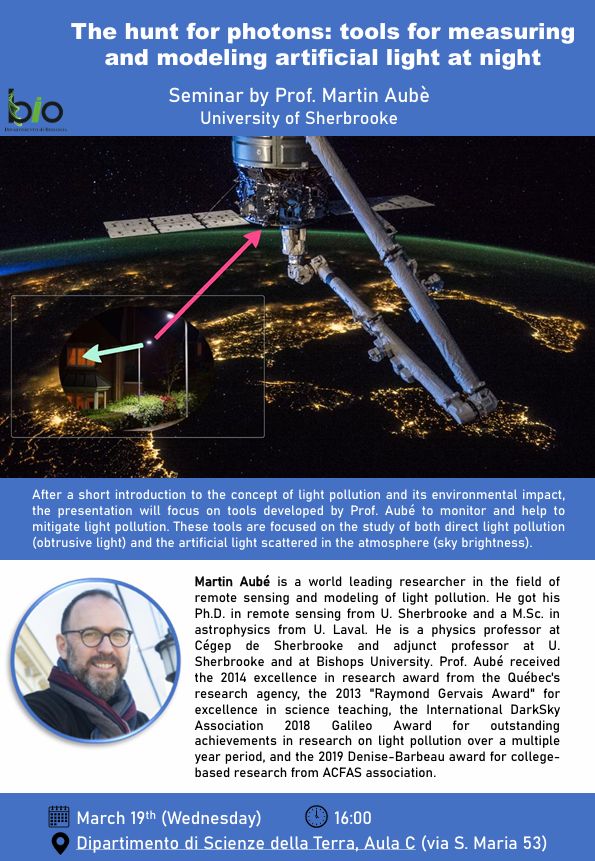
The event is organized in the context of the Aquaplan project. For more information: elena.maggi@unipi.it.

After last February’s event in Scansano, we touch base once more on night sky quality (and Buiometria Partecipativa, participatory night sky quality monitoring). This time we will be in the awesome setting of Polo Culturale Pietro Aldi in Saturnia (Southern Tuscany), combined with a typical product tasting and a visit to the Paride Pascucci exhibition…food for the body and for the mind.
Admission is free but a reservation is required at +390564601280 or info@poloaldi.it
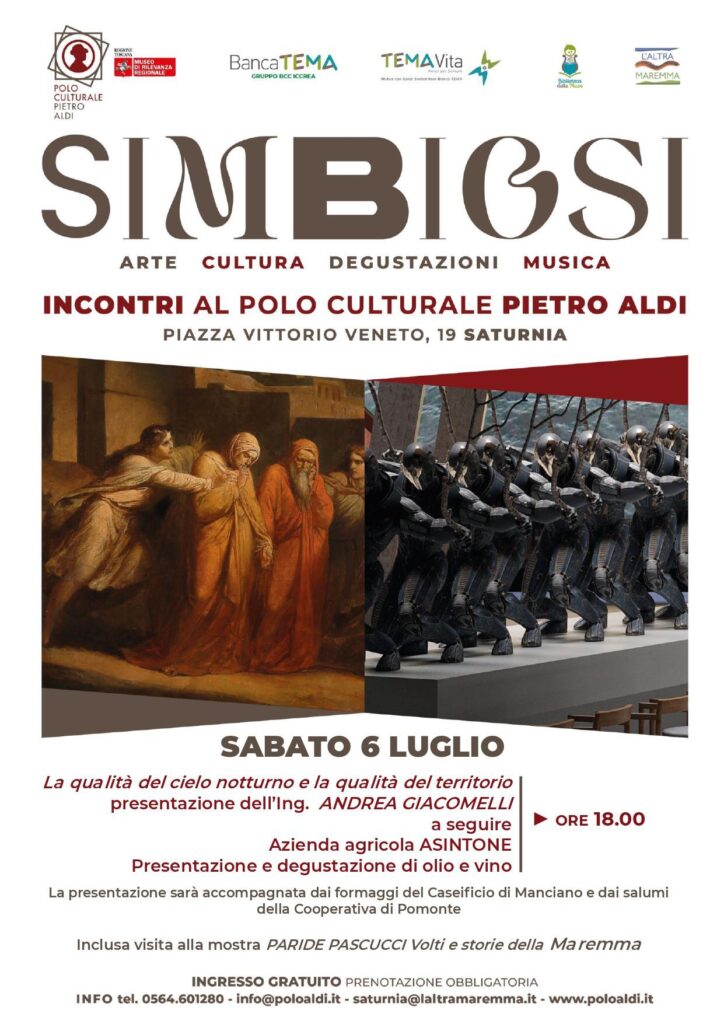

During our last “M’illumino di Meno” we explained that Luciano Massetti from the Italian Research Council’s Institute of Bioeconomy could not participate directly to the BuioMetria Partecipativa events due to the overlap with a mission to the Svalbard Islands. In fact, his goal was to deploy a night sky quality sensor. We did check with Luciano the possibility of having some form of live connection, but due to the tight schedule in such a peculiar research facility this was not possible. However, Luciano was able to document a few moments of his presence in this video, from which you may also have a glimps of what happens when Italian researchers venture in very cold places:
For more information:
Video source: https://video.ibe.cnr.it/w/oZwcqDV6UYxZ8rG1jcHxAv
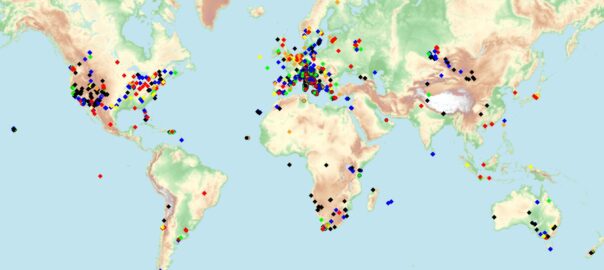
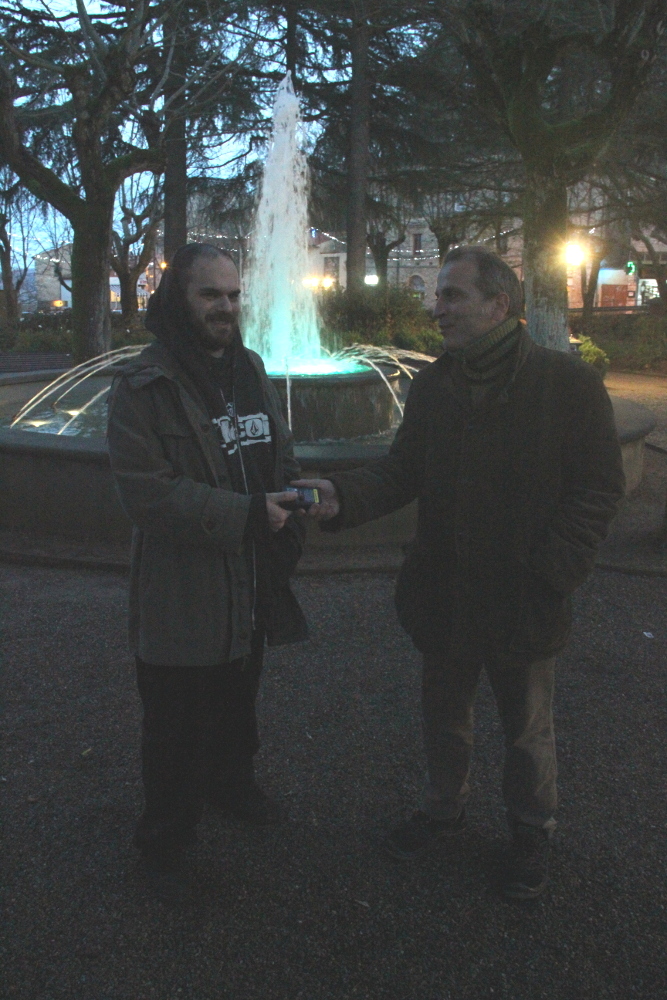
After switching back on the interactive BuioMetria Partecipativa map during the twentieth edition of “M’illumino di Meno”, we are gradually adding layers to the canvas that we would like to use over the coming months to trigger actions about light and darkness.
After the CNR IBE monitoring network, we have reloaded the data collected by Unihedron, i.e. the producer of the “Sky Quality Meter”, which we renamed as “buiometri” for our Italian communities.
The new map is available at https://www.pibinko.org/buiometriapartecipativa-map/.
We would like to recall that the Sky Quality Meter is not the only type of sensor existing for the measurement of night sky quality. In fact, with the BuioMetria Partecipativa since 2011 we have conducted various intercomparison and cross-calibration experiments. However, the SQM still remains as the most widespread entry-level sensor, plus it is the one which we have historically used as a liaison between the various participants to the buiometria measurement campaigns.
For more information: micalosapevo@pibinko.org or +393317539228.

Thanks to Luciano Massetti of the Italian Research Council Bioeconomy Institute, who is a historical collaborator of the BMP project, we are glad to add to our “classical” measures (i.e. those made with manual measurements by citizens), a new information layer.
This is represented by the location of fixed stations that CNR IBE has been deploying since 2015 to monitor artificial night sky brightness in various parts of Tuscany. The Tuscan network had a recent “spin-off” in the Svalbard Islands, since Luciano was on a mission in February 2024 to install a sensor in that remote location. By clicking on a given station, you may either review publications where the data have been presented, or contact Luciano for more information.
For more details on BuioMetria Partecipativai: https://www.pibinko.org/buiometria-partecipativa-2/
For more information: micalosapevo@pibinko.org or +393317539228
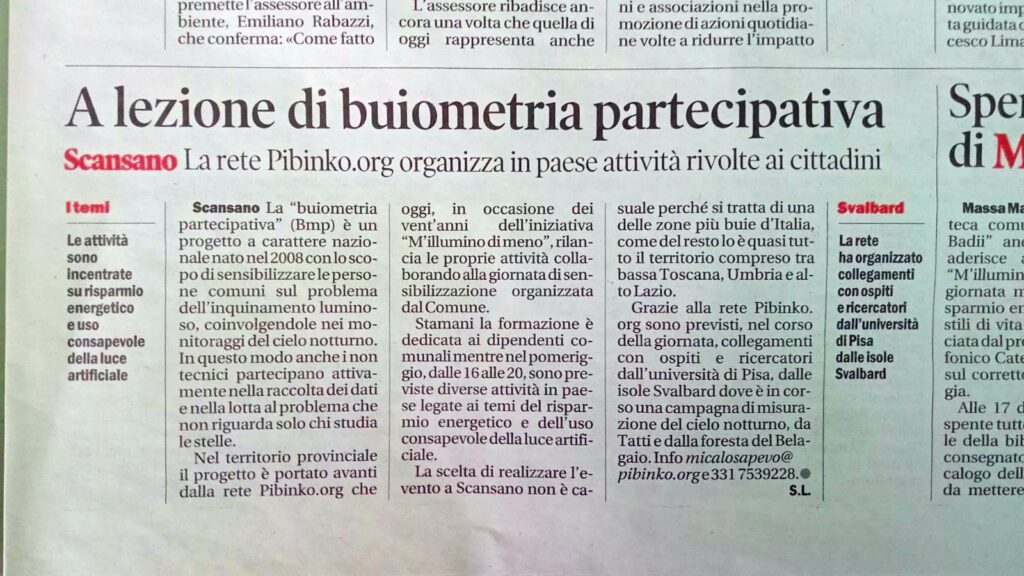
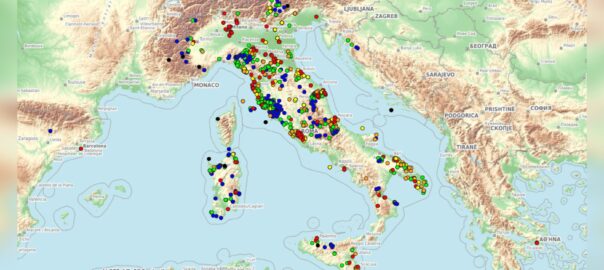
Between 2008 and 2020, in collaboration with Luca Delucchi, a geographer and a big supporter of the Sampdoria footbal club, the data collected by citizens with the Buiometria Partecipativa project were collected on a web site which allowed to display maps, reports, and more. For a few years we had to put the service on hold, but -taking the opportunity of the 2024 M’illumino di Meno 2024, we decided to re-propose the service in a lighter form.
The map is available from this link: https://www.pibinko.org/buiometriapartecipativa-map/
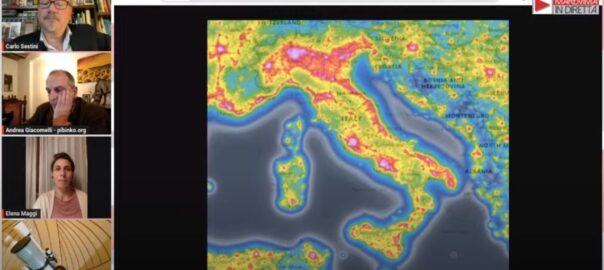
This is in Italian. For more information: micalosapevo@pibinko.org or +393317539228
Grazie ancora a Carlo Sestini e a La Maremma in Diretta per l’ospitalità – per altre informazioni: micalosapevo@pibinko.org o 3317539228
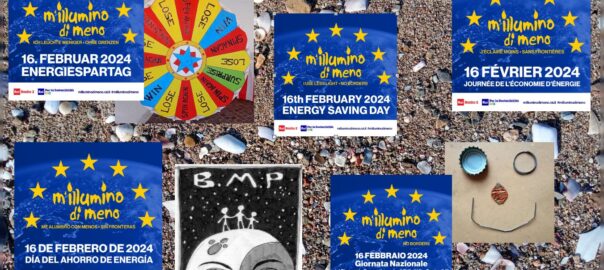
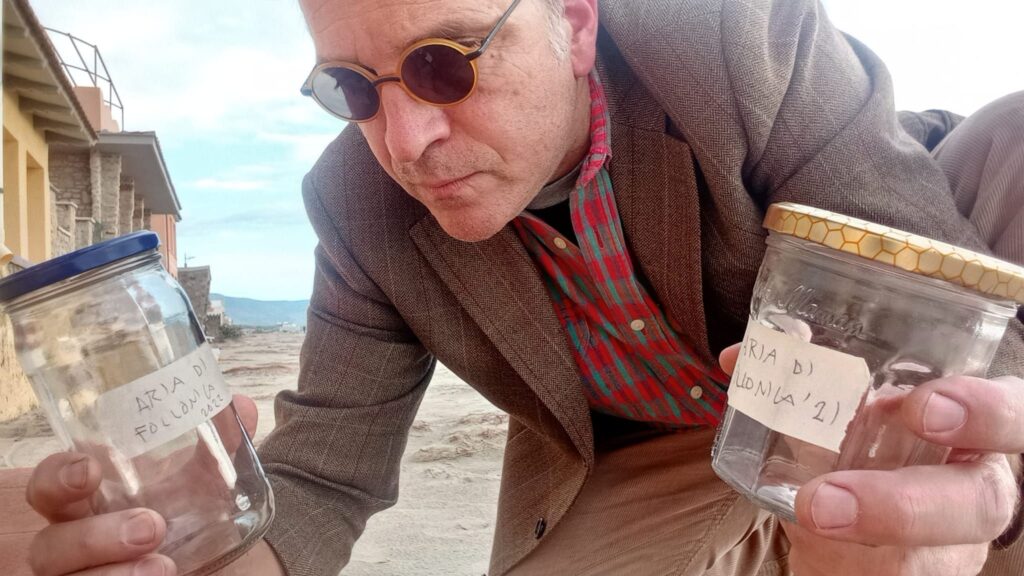
Following our Jan. 17 article presenting our track record on light and darkness engineering (link 1), and the Jan. 23 article proposing some activity hints (link 2, in Italian), here are some detailed instructions on how to participate to M’illumino di Meno (the Italian National Day of Energy Saving and Sustainable Lifestyles) together with us.
We did our homework by reviewing the list of ten actions proposed by the Caterpillar radio show crew (link). We then validated this with respect to the modus operandi we have been using for years as environmental engineers. The combination of these lists has led to four ideas which we encourage you to follow:
From today until Feb. 16 we can “play”. If you reside in Tuscany (and especially between Grosseto and Pisa) we might actually be able to meet and elaborate further on these actions. In any case, we will provide a summary of our activities following Feb. 16. For more information: micalosapevo@pibinko.org or +393317539228
We will not make any videos related to these four activities. A video requires a lot more energy than a photo, and even more energy (in terms of preparation and post-production) if it has to be a cool video. So a photo might be more related to the spirit of M’illumino di Meno, rather than a 4K video. Please take pictures with the lowest possibile resolution for your device.
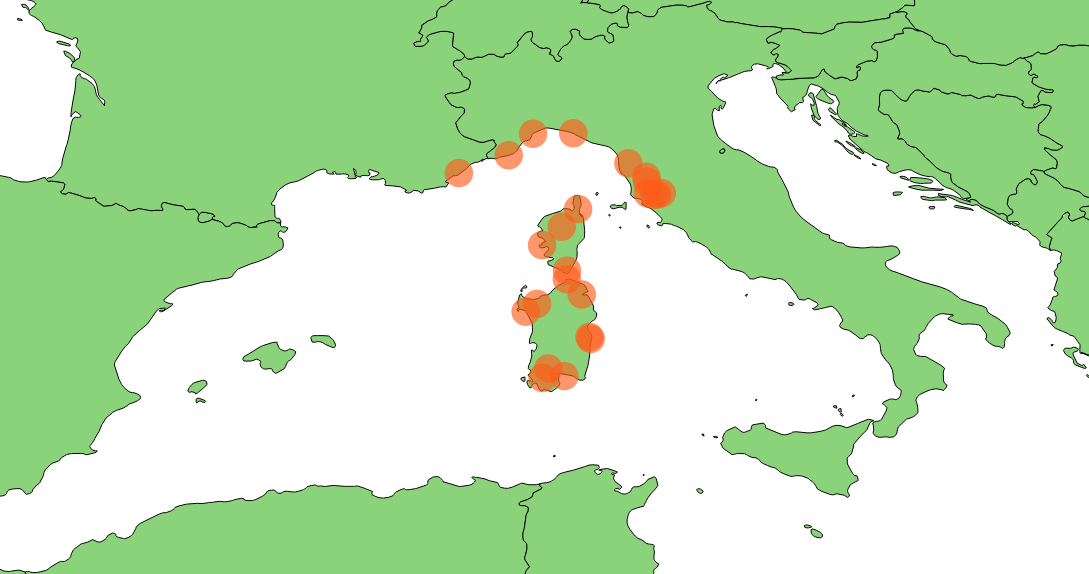
This is an application in the energy saving context of the “extreme logistics” methods in use for years in the whereabouts of the pibinko.org network. Not recommended for IT specialists due to a potential side effect, reported below.
With this action, for any given amount of energy required for your trip, and at most an extra of 30 minutes of your time, you will have caught “two birds with a stone”. Sometimes interesting and productive things will happen if you stop where you considered rushing.
There is a sole counter-indication: if you apply this logic in a recursive manner, you will end up in a situation similar to the Zeno’s paradox, and Christopher Nolan might shoot a movie about you. E.g, between Milano and Bologna you will stop in Parma. Then, between Milano and Parma, in Casalpusterlengo. Then, between Milano and Casalpusterlengo, in Zorlesco, and so forth (but you will find more interesting situations!).
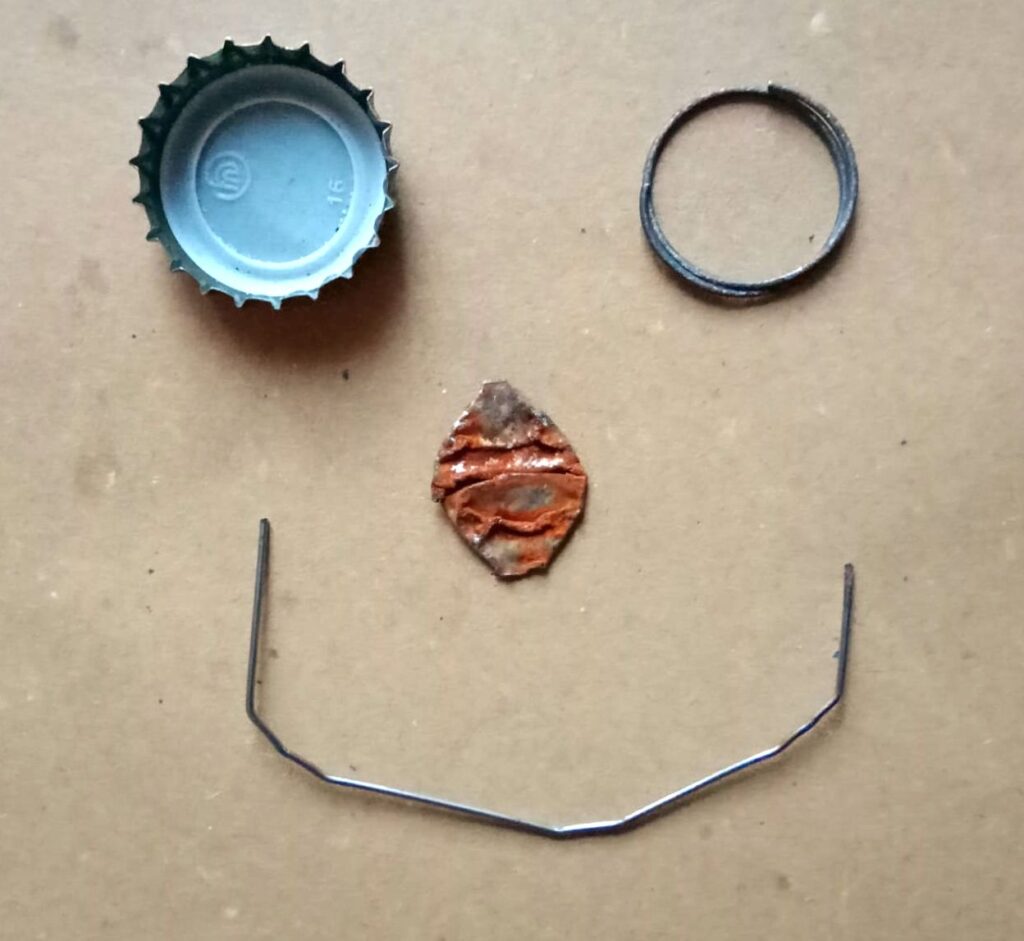
This might sound like a noisy drift with our Jug Band Colline Metallifere, but it isn’t:
In this case, you are not necessarily saving energy, but you are not using a lot more either, while the world will be cleaner.
This way we are saving energy by spending less time in video streaming mode (the energy to send a photo or your text via mail o messaging is a lot less than the energy required to watch an online show).
All the measurements collected will be added to the BuioMetria Partecipativa database.
Thanks to your participation in BuioMetria Partecipativa you will be saving energy, first of all by not watching the next random episode of a random web series. During your night walk you will be able to think about what to write as a continuation of our story openings. While you go to collect your sky quality meter, you might stop in a mid-point, possibly collecting odd beer caps and other metal parts on the road. Last but not least, you will have an increased awareness on the use of artificial light and light pollution. So: the “full monty”!
With some folks in the network we have brainstormed about playing cards with no light, participatory “hypo-cryotherapy”, cats in the dark, and so forth. Since the “any other business” field can become very wide in our spaces, we will avoid a full listing. If you have other ideas that you would like to link to our proposal, please contact us (micalosapevo@pibinko.org or +393317539228) and we will assess them together.
Header image: a composition with parts of the M’illumino di Meno 2024 press kit with some of our logos and non-random shots from last Sunday.
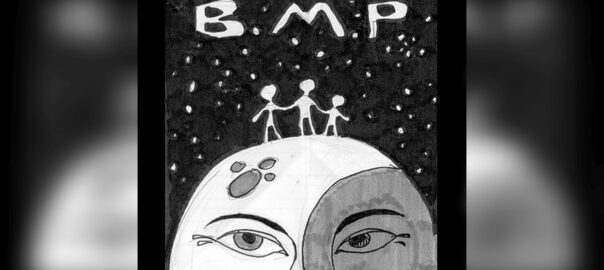
If you are in a hurry: if you want to collaborate with the BuioMetria Partecipativa (participatory night sky quality monitoring) for the next edition of M’illumino di Meno, please contact bmp@pibinko.org or +393317539228. We also have options for educational/professional training credits.
The simplest thing is to quote the RAI (Italian public broadcasting company) website. RAI is the organizer of the event:
M’illumino di Meno is the Italian National Day of Energy Saving and Sustainable Lifestyles, which has been promoted by Rai Radio2 with its popular drive-time afternoon show Caterpillar since 2005. The first edition took place on February 16th 2005, when the Kyoto Protocol came into force. That’s when Caterpillar got the idea of asking Rai Radio2 listeners to turn off the lights as a statement of environmental concern: M’illumino di Meno* was born.
Year after year, M’illumino di Meno inspired Rai Radio2 listeners to take action to save the planet: practising circular economy, favoring clean mobility, switching to renewables, supporting reforestation…In 2022 it also became law: the Italian Parliament recognized February 16th as the National Day of Energy Saving and Sustainable Lifestyles.
M’illumino di Meno has now reached its 20th edition and you are all invited to join us on February 16th 2024!
Schools and universities, museums and theatres, companies, associations, public authorities: you may turn off the lights on your buildings, organize a meeting on sustainability, a recycling workshop or a tree-planting happening, hold an acoustic concert, a zero-impact show, a collective walk or bike ride to raise awareness about planet safeguarding…
Anyone, as a private person may cook an anti-waste receipt and have a candlelit dinner, walk or bike to work or to school, plant a tree in their garden… and always switch off their lights.
The pibinko.org network has a strong environmental engineering foundation. Its coordinator is an environmental engineer and a PhD with over 30 years of international experience. Two more environmental engineers have collaborated for years, and we interact daily with many people who have a sound perception of what energy waste is (farmers, sheperds, forestry engineers, etc.).
Since 2008, when we started the BuioMetria Partecipativa project as a citizen science initiative, we have been invited several times to give presentations at M’illumino di meno events: Rome (2011), Barberino Val d’Elsa (2012) and Monticiano (Siena) -Civitanova Marche (Macerata)-Montieri (Grosseto) (2017). In 2022 the Comune di Scansano (Grosseto) asked us to write an article about this (see link, in Italian).
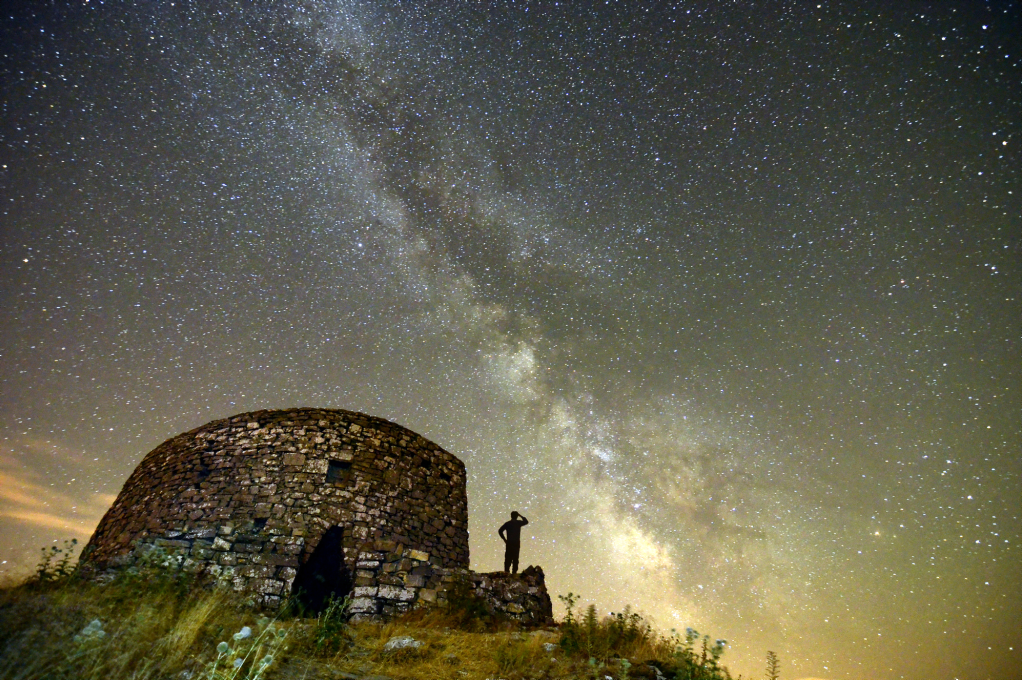
3) Since the BMP project based on public gatherings and hand-to-hand sensor exchange, with the various lockdowns our activities on this project had to be reduced, but were not stopped. Furthermore, even during the first lockdown, we continued to keep our participation engine alive by applying it to other fields (namely, the Participatory Lithology project).
4) Having read that this year one of the wishes of M’illumino di Meno is to trigger the networking of different subjects, and to extend the range of activities out of the Italian borders, we considered that we want to be part of the initative, accounting for our track record with the BMP project (and our non-BMP engagement activities):
4.1) In 2010 we organized a photo contest (Between Dusk and Dawn) which had the participation of over 600 people from 52 countries (see article, in Italian). We still have the mailing list from this event (plus some other 10k direct contacts acquired in time).
4.2) From 2013 to 2016 we have been the Italian representatives in a European-funded project focused on the networking of research organizations on light pollution (with 42 institutions from 16 countries)
4.3) In 2018-2019, in collaboration with the National Research Council in Florence and the University of Pisa we organized an international symposium on the island of Capraia (Capraia Night Sky) and a one-day workshop in Florence for those who could not reach the island (including representatives of environmental agencies from five Italian regions) – see link1 e link2.
4.4) we have an extended network of stakeholders at the national level, including amateur astronomer associations, museums, libraries, parks, dog shelters, and other subjects we have collaborated with over the years.
4.5) We have received international recognition for our engagement work and for the interdisciplinary approach we use, especially for our art & science stuff with the Jug Band Colline Metallifere (“Dark Sky Defender” prize by the International Dark Sky Association – 2019 – see article)
4.6) With our Jug Band Colline Metallifere hat we have a song list dedicated to environmental issues (e.g. Fuffi the climate change expert cat, Shackleton on the so-called “ecobonus” grants in Italy, “Il Cielo è di tutti” speaking of the sky, etc). proprio per parlare del cielo ecc.) so we can add a real soundtrack to our activities.
4.7) Since May 2023 we proposed lots of activities and events, so we are now on a communication “wave” (and we have been for months planning international networking activities for 2024, in particular toward Austria in april, and with another mission north of the Alps in June) – see this link.
4.8) The headquarters of Buiometria Partecipativa are in Southern Tuscany. This is an area with a high night sky quality (as you may have seen from some of the shots above). But the main thing is that living here has helped us to develop a very educated feeling about the relationship between light and darkness.
Summing all of this up…as of today the link to propose initiatives for M’illumino di Meno is not yet active, but the managers of the initiative from RAI wrote yesterday that they would be glad of having BuioMetria Partecipativa in their “roster”. At this point, we are extending the invitation to you: if you would like to be part of our BuioMetria Partecipativa initiative on Feb. 16 for M’illumino di meno (and other activities which will follow going towards the warmer months) please contact bmp@pibinko.org or +393317539228.
Last but not least: if you are engineers, architects, environmental scientists or guides: there is the possibility of organizing your contribution to be qualified as educational/training credits. For more information, write to the same contact.